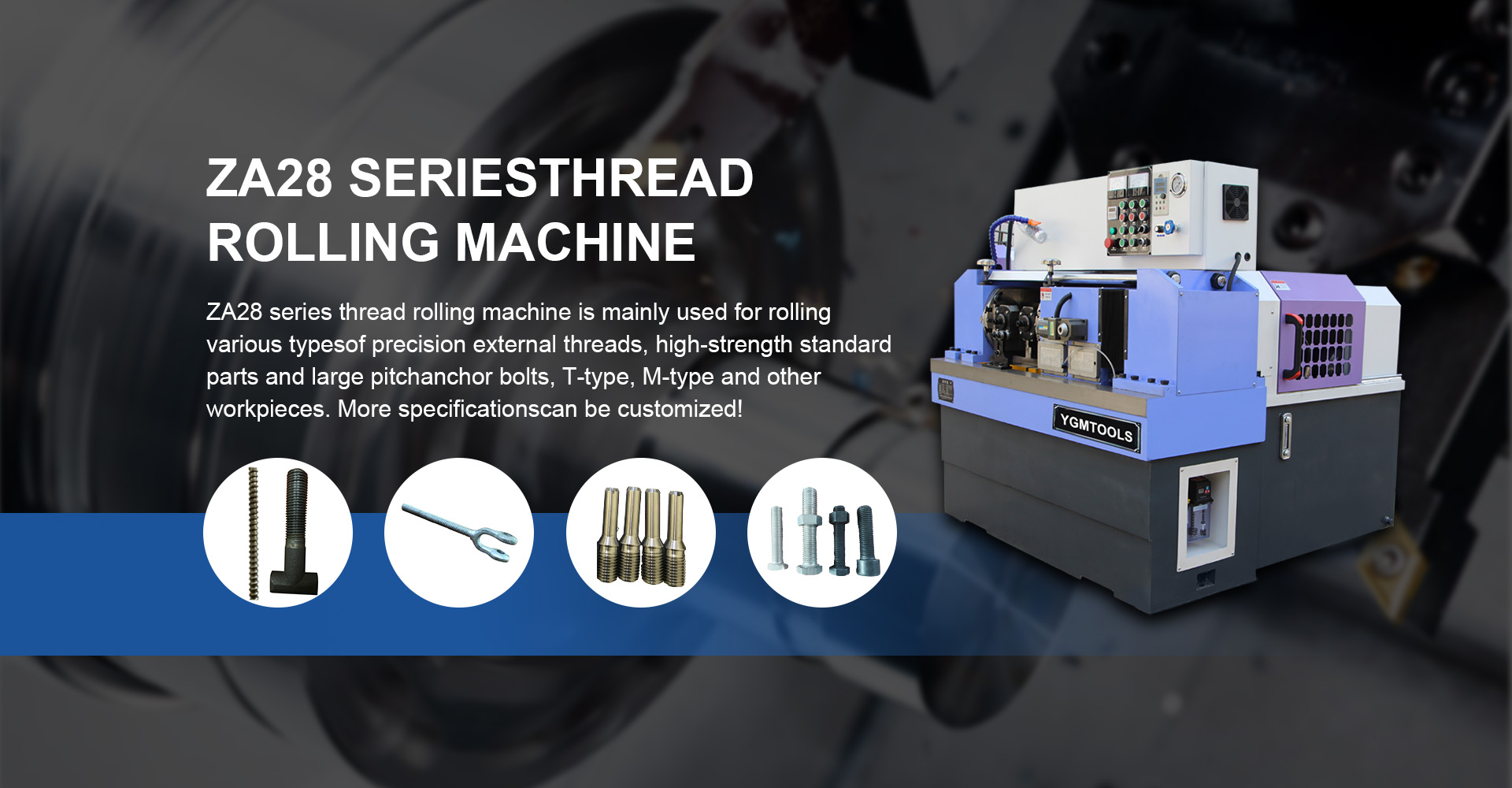
-
 Afrikaans
Afrikaans -
 Albanian
Albanian -
 Amharic
Amharic -
 Arabic
Arabic -
 Armenian
Armenian -
 Azerbaijani
Azerbaijani -
 Basque
Basque -
 Belarusian
Belarusian -
 Bengali
Bengali -
 Bosnian
Bosnian -
 Bulgarian
Bulgarian -
 Catalan
Catalan -
 Cebuano
Cebuano -
 Corsican
Corsican -
 Croatian
Croatian -
 Czech
Czech -
 Danish
Danish -
 Dutch
Dutch -
 English
English -
 Esperanto
Esperanto -
 Estonian
Estonian -
 Finnish
Finnish -
 French
French -
 Frisian
Frisian -
 Galician
Galician -
 Georgian
Georgian -
 German
German -
 Greek
Greek -
 Gujarati
Gujarati -
 Haitian Creole
Haitian Creole -
 hausa
hausa -
 hawaiian
hawaiian -
 Hebrew
Hebrew -
 Hindi
Hindi -
 Miao
Miao -
 Hungarian
Hungarian -
 Icelandic
Icelandic -
 igbo
igbo -
 Indonesian
Indonesian -
 irish
irish -
 Italian
Italian -
 Japanese
Japanese -
 Javanese
Javanese -
 Kannada
Kannada -
 kazakh
kazakh -
 Khmer
Khmer -
 Rwandese
Rwandese -
 Korean
Korean -
 Kurdish
Kurdish -
 Kyrgyz
Kyrgyz -
 Lao
Lao -
 Latin
Latin -
 Latvian
Latvian -
 Lithuanian
Lithuanian -
 Luxembourgish
Luxembourgish -
 Macedonian
Macedonian -
 Malgashi
Malgashi -
 Malay
Malay -
 Malayalam
Malayalam -
 Maltese
Maltese -
 Maori
Maori -
 Marathi
Marathi -
 Mongolian
Mongolian -
 Myanmar
Myanmar -
 Nepali
Nepali -
 Norwegian
Norwegian -
 Norwegian
Norwegian -
 Occitan
Occitan -
 Pashto
Pashto -
 Persian
Persian -
 Polish
Polish -
 Portuguese
Portuguese -
 Punjabi
Punjabi -
 Romanian
Romanian -
 Russian
Russian -
 Samoan
Samoan -
 Scottish Gaelic
Scottish Gaelic -
 Serbian
Serbian -
 Sesotho
Sesotho -
 Shona
Shona -
 Sindhi
Sindhi -
 Sinhala
Sinhala -
 Slovak
Slovak -
 Slovenian
Slovenian -
 Somali
Somali -
 Spanish
Spanish -
 Sundanese
Sundanese -
 Swahili
Swahili -
 Swedish
Swedish -
 Tagalog
Tagalog -
 Tajik
Tajik -
 Tamil
Tamil -
 Tatar
Tatar -
 Telugu
Telugu -
 Thai
Thai -
 Turkish
Turkish -
 Turkmen
Turkmen -
 Ukrainian
Ukrainian -
 Urdu
Urdu -
 Uighur
Uighur -
 Uzbek
Uzbek -
 Vietnamese
Vietnamese -
 Welsh
Welsh -
 Bantu
Bantu -
 Yiddish
Yiddish -
 Yoruba
Yoruba -
 Zulu
Zulu
Optimizing Setup Procedures for Enhanced Efficiency in Thread Rolling Machine Operations
The Importance of Proper Setup in Thread Rolling Machine Products
Thread rolling machines are essential tools in the manufacturing of threaded components, widely utilized across various industries including automotive, aerospace, and construction. Setting up these machines correctly is crucial for ensuring product quality, operational efficiency, and overall cost-effectiveness. This article explores the significance of proper thread rolling machine setup, the factors involved, and best practices for achieving optimal results.
Understanding Thread Rolling Machines
Thread rolling is a cold forging process where a cylindrical workpiece is passed through two or more dies to form the desired threaded shape. Unlike traditional cutting methods, thread rolling creates threads by displacing material rather than removing it. This process results in stronger threads with superior surface finishes, making it a preferred choice for producing bolts, screws, and other fasteners.
The Setup Process
The setup of a thread rolling machine involves several critical steps that must be meticulously followed. Incorrect setup can lead to defective products, increased material waste, and extensive machine wear. Key aspects of the setup process include
1. Die Selection and Alignment The choice of rolling dies is fundamental to achieving the desired thread profile. Dies must match the specifications of the intended product. Furthermore, proper alignment of the dies is vital to prevent uneven wear and ensure accurate thread formation.
2. Workpiece Preparation The workpieces should be inspected for any irregularities or defects that may affect the rolling process. Additionally, achieving the correct diameter and length before rolling is essential for ensuring a smooth operation and high-quality threads.
3. Machine Calibration Proper calibration of the rolling machine is crucial for consistency. This involves setting the correct rolling speed and pressure, which can vary depending on the materials used and the thickness of the thread to be formed. Regular calibration and testing ensure that parameters remain within optimal ranges.
thread rolling machine setup products

4. Coolant Usage Thread rolling generates significant heat, which can affect the integrity of the material and the quality of the threads. Using an appropriate coolant can help mitigate heat generation, prolong die life, and improve surface finish. Setting up an efficient coolant system is an often-overlooked aspect of the machine setup process.
Best Practices for Optimal Setup
To maximize the efficiency and effectiveness of thread rolling machines, manufacturers should adopt several best practices during setup
- Training and Skill Development Operators should receive training on proper machine setup techniques, maintenance, and troubleshooting. Knowledge about specific machine models and their characteristics can significantly reduce setup time and improve output quality.
- Routine Maintenance Checks Implementing a routine maintenance schedule is crucial for ensuring that machines remain in optimal working condition. Regular inspections of dies, bearings, and other critical components can prevent setups from becoming complex due to unexpected failures.
- Feedback System Establishing a feedback loop from the production team can help identify recurring setup issues and allow for continuous improvement. Analyzing production data can highlight areas for refinement in the setup process.
- Documentation and Standardization Creating standardized setup procedures and documentation ensures that all operators follow the same practices, reducing variations that could lead to defects.
Conclusion
Properly setting up thread rolling machines is vital for producing high-quality threaded products while optimizing operational efficiency. By understanding the intricacies involved in the setup process and adhering to best practices, manufacturers can minimize waste, reduce costs, and improve overall product quality. In an increasingly competitive market, the ability to produce superior products consistently offers a significant advantage. Embracing these strategies will only strengthen a manufacturer’s position in the industry.
